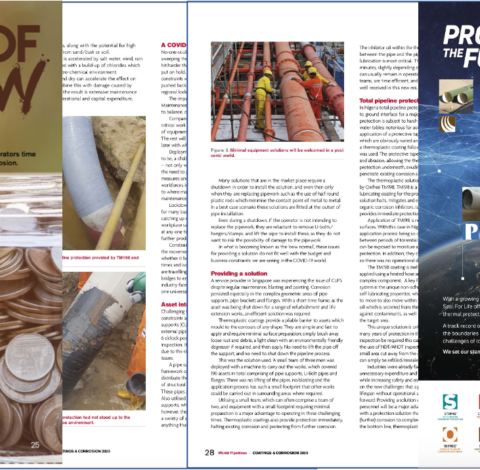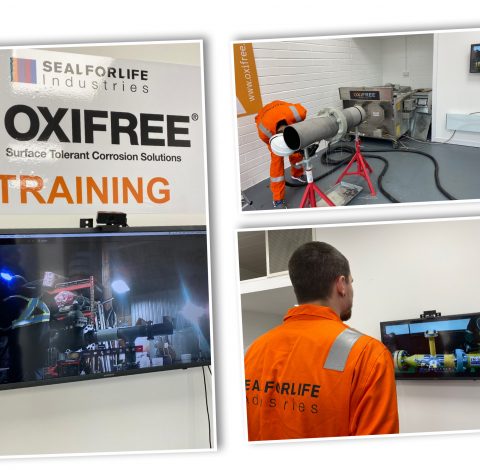Protecting Our Future
8th November 2021

Protecting our children’s future – Recently, I asked my 10-year-old daughter what she knew about wind energy. 10 minutes later (and some Chromebook investigating) she presented me with the following:
“We use wind for energy and we use energy (by generating electricity from wind) to power our appliances, such as our ipads, iphones, laptops, Chromebooks, radios, speakers and I’m sure a lot more. Right now I am even using energy to type this.
How is wind energy generated? We generate energy using wind turbines – the wind forces the blades round and round, which soon produces energy that is transferred into our homes. Did you know that wind turbines are a renewable energy source that has very little impact on the environment compared to burning fossil fuels?”
So what does this tell us, apart from the obvious about how wind energy comes about? It tells us that renewable energy from wind is a prominent topic in today’s world, one that our children are becoming extremely familiar with and will be more so in their lifetime. The offshore wind energy market is forecast to reach US$42 billion by 2025, growing at a CAGR of 13.6% from 2020 to 2025.
In 2021 we have already seen President Biden sign an executive order to double offshore wind generation in US federal waters by 2030. Over £900 million has been invested in British offshore wind manufacturing plants in 2021, the highest on record since the industry arrived in the UK in 2000. The UK offshore wind industry is committed to creating tens of thousands of jobs, with 26,000 already working in the sector and this set to increase to 69,000 in the next five years. Asia Pacific power generation investments are leading the world and expected to hit US$2.4 trillion in the current decade, with renewables accounting for over half or US$1.3 trillion of power investments. These are all big numbers and with commitments that strong comes the need to protect the future of those assets.
New projects are being commissioned on an almost weekly basis, major players announcing new installations and governments making commitments – this progress brings the need for preventative maintenance and protection.
MOVING FURTHER OFFSHORE
The wind sector is moving further offshore, not just because the power of the wind increases further out to sea, but because space is becoming an issue closer to shore. This poses a challenge to asset owners; offshore installations present hostile environments, with rain, humidity, wind and salt spray all a factor. These elements can all cause degradation, added to the fact that space for maintenance is limited in both access and footprint. Delays in applications for protective coatings can mean additional cleaning of the surface may be required.
A common approach here is blasting, which can produce hazardous by-products and takes time. Other factors to consider are that wind structures have multiple geometries; with welds, corners, edges and flanges. Many corrosion solutions can require multiple applications, taking considerable time and increased labour costs. Inspection of assets is also a high-cost activity due to the deployment of maritime vessels and dependency on weather windows and availability. In this case corrosion can often go unnoticed until it is too late and integrity to the structure at risk. So, taking these challenges into consideration, what are the options to protect these all too vital assets for our future? Enter preventative coatings.
A PRIME EXAMPLE
Easy-Qote is a polymeric coating borne of the idea that a corrosion solution could be applied simply as a sticker rather than by painting or spraying. The product is completely safe for both user and the environment and simple to apply. Surface preparation is simply conducted with a wire brush and an isopropanol wipe, eliminating any risks associated with traditional blasting.

Any void or exposed groove on an offshore structure is a vulnerable spot for crevice corrosion that may affect the integrity of the structure. Transition pieces are a prime example, being close to the sea and with high chloride content accumulation, they are prone to accelerated corrosion and integrity. Applying self adhesive, corrosion preventative Easy-Qote SC patches over the groove, sealing it off from the environment, prevents corrosion formation from the start. The visco elastic behaviour of the solution means it can withstand the expansion and contraction of the steel without cracking or loss of adhesion.
ANOTHER SMART SOLUTION
Oxifree TM198 is a thermoplastic coating offering encapsulation without adhesion, with lubrication and active corrosion-inhibiting properties integral to the coating. Just like EasyQote, TM198
requires minimal surface preparation; use of a wire brush to get rid of any loose particles and a simple degrease with cloth if required. The asset is then ready for protection. It provides versatile corrosion protection for assets, including those with moving parts, yet easily allows for repair or maintenance.

Take, for instance, a working Catlink (as pictured above) hydraulic fitting or actuator – they would all be able to move within the coating and maintain normal operational use, whilst being actively lubricated and existing corrosion arrested. Oxifree is easy to apply and humidity and cold do not affect application. Protection can be provided without a shutdown, keeping industry moving. Ease of inspection is delivered via NDT – or simply remove in part, inspect and refill.
These two products offer simple and effective solutions to protect this fast growing sector. They also offer longevity with both products withstanding many years of application in these challenging
environments. And this longevity supports the issues around inspection, meaning that asset owners can reduce inspection frequency without risking asset integrity.
This changing, renewable resources world is one we should protect, not only to extend asset lifetime but also to protect our children’s future.


